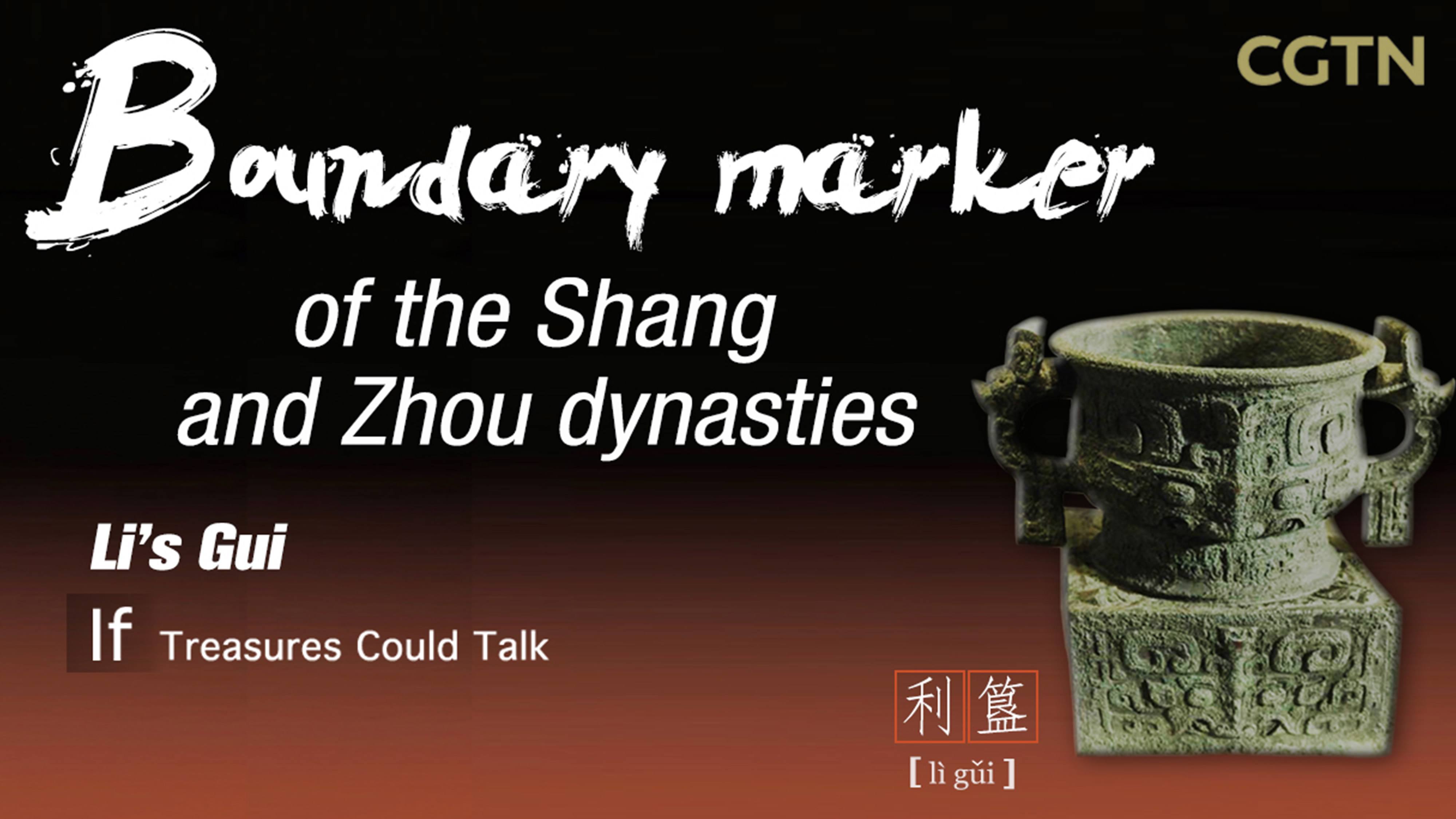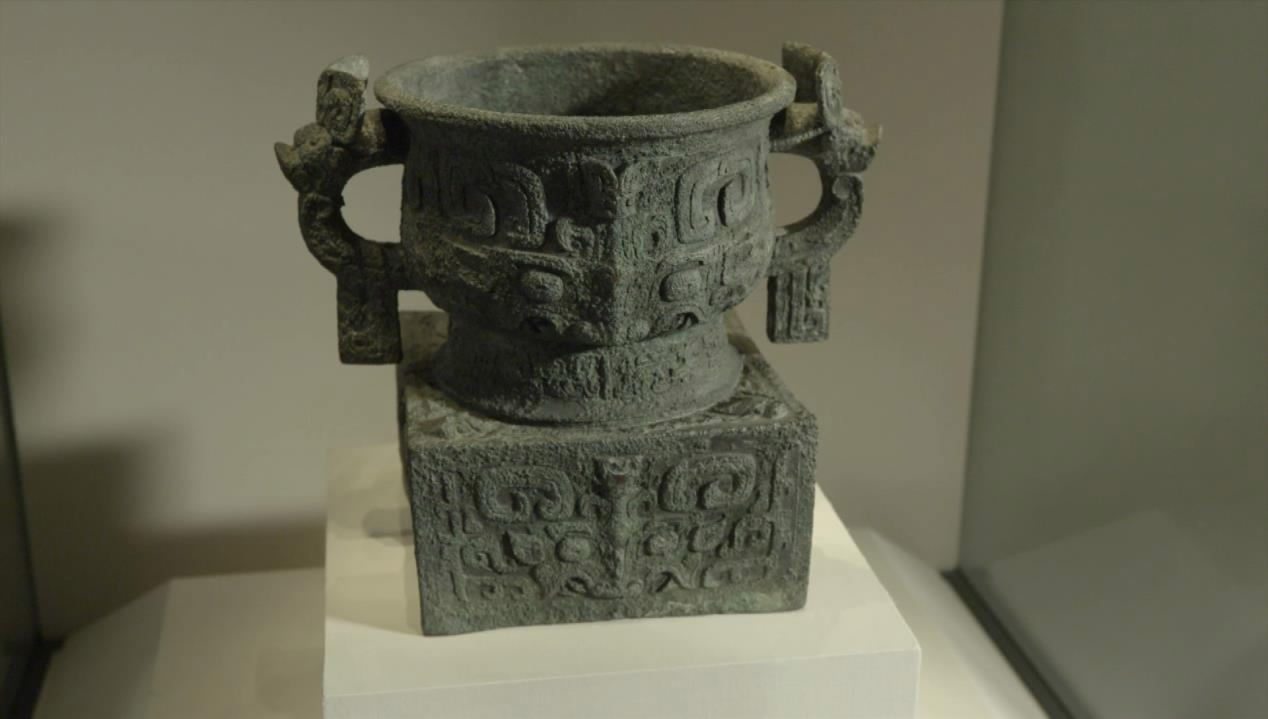
Culture
20:53, 17-Apr-2018
If Treasures Could Talk: What Does the Inscription on Li’s Gui Tell Us?
Special Feature and Documentary Programming & Culture Express
04:57

The 13th episode in CGTN’s special series “If Treasures Could Talk” features an ancient bronze vessel called "gui." A gui was used for holding cereals that was featured in ancient rituals. This particular gui is famous for what it reveals about the fall of the Shang Dynasty (1600-1100 B.C.) and the rise of the Zhou Dynasty (1100-221 B.C.) thousands of years ago.
The celebrated ancient historian Sima Qian (145 B.C.-?) recorded that King Wu of Zhou defeated King Zhou of Shang’s army at the Battle of Muye. However, scholars had long debated when the battle took place, and therefore, when the Zhou dynasty replaced Shang.
The story goes that King Wu of Zhou once bestowed a gift on a loyal official named Li. The gift was a precious one: bronze. Li had the bronze made into a gui.

Li’s Gui /National Museum of China Photo
Li’s Gui /National Museum of China Photo
In fact, gui were quite common during the Zhou Dynasty. What makes Li’s gui special is the thirty-character inscription inside it, describing the decisive battle in which Zhou forces overthrew the Shang Dynasty: “When King Wu defeated Shang, it was the early morning of jiazi, and the sui was at its zenith.”
Sui is an ancient name for Jupiter. So, on a day called jiazi, Jupiter was at its highest point in the sky.
Experts using carbon-14 dating to analyze ash samples established that the conquest of Shang occurred some time between 1050 and 1020 B.C.
Astronomers then used the ancient historical text the “Guoyu” (Discourses of the States) to determine when Jupiter reached its highest point during the day of jiazi. They arrived at the 20th of January, in 1046 B.C.
Not everyone agrees with this interpretation. But what’s beyond dispute is that the inscription is the closest thing we’re ever likely to see to an eyewitness account of the momentous events of 3,000 years ago.

SITEMAP
Copyright © 2018 CGTN. Beijing ICP prepared NO.16065310-3
Copyright © 2018 CGTN. Beijing ICP prepared NO.16065310-3